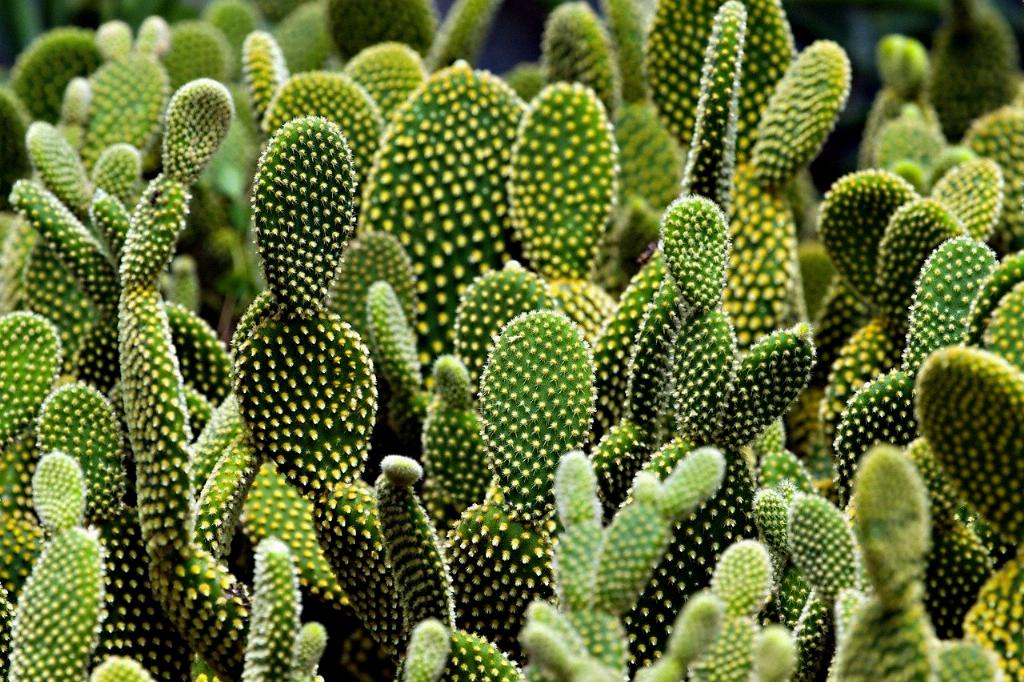When it comes to the growth of cacti, there are several key factors to consider. Cacti are known for their ability to thrive in dry, arid environments, and their growth patterns are influenced by various environmental conditions and care practices.
Seasonal Growth Patterns
During the growing season, which typically occurs from March to September, cacti experience rapid growth. This period is characterized by increased sunlight and higher temperatures, which stimulate the growth of new stems or segments on the plant.
Watering Requirements
Proper watering is essential for the growth of cacti. It is important to mimic the natural conditions of their native habitats, where they receive infrequent but deep watering. During the growing season, cacti should be watered as any other houseplant, allowing the soil to dry slightly between waterings.
Winter Dormancy
In winter, cacti enter a period of dormancy where growth significantly slows down. During this time, it is crucial to allow the plants to dry out between waterings to prevent them from rotting. Watering should be minimal, just enough to prevent the plants from shriveling.
Factors Affecting Growth
Aside from seasonal variations and watering practices, several other factors can impact the growth of cacti. These include sunlight exposure, temperature, soil quality, and airflow around the plant.
Light Requirements
Cacti thrive in bright, indirect sunlight. Insufficient light can result in etiolation, characterized by pale, elongated stems. Providing adequate sunlight is crucial for healthy growth and the development of vibrant hues in the plant.
Temperature Considerations
Temperature plays a significant role in cactus growth. Most cacti prefer warm temperatures during the day and cooler temperatures at night. Sudden temperature fluctuations or prolonged exposure to extreme heat or cold can stress the plants and hinder their growth.
Soil Quality
Well-draining soil is essential for cacti to thrive. Soil that retains too much moisture can lead to root rot and other issues that impede growth. A specialized cactus mix or a gritty, sandy soil blend is ideal for promoting healthy root development and growth.
Adequate Airflow
Good airflow around the plant is crucial for preventing fungal diseases and promoting healthy growth. Proper spacing between cacti, adequate ventilation, and avoiding overly humid conditions can help maintain optimal growing conditions.
Pruning and Maintenance
Regular maintenance, including pruning dead or damaged growth, is essential for ensuring the continued health and growth of cacti. Removing diseased or decaying segments can prevent the spread of issues and encourage new growth.
Propagation Techniques
Cacti can be propagated through various methods, such as stem cuttings, offsets, or seeds. Understanding the different propagation techniques and providing the appropriate care for new plants can contribute to the overall growth and diversity of your cactus collection.

Final Thoughts
Ultimately, cacti do grow, and understanding the factors that influence their growth is key to cultivating healthy and vibrant plants. By observing seasonal cues, implementing proper watering practices, and creating favorable growing conditions, you can enjoy the beauty and resilience of these unique desert succulents in your own home.
